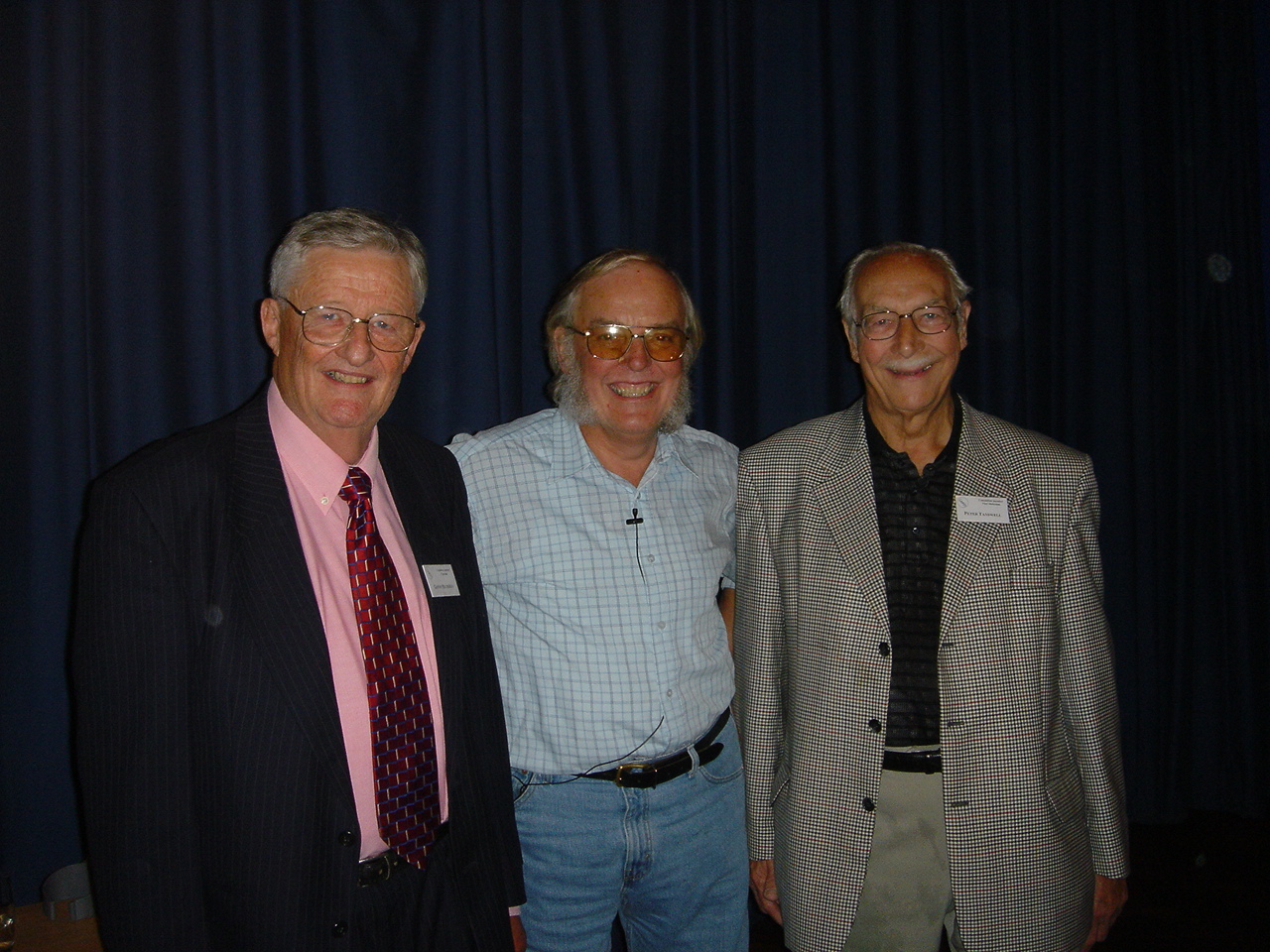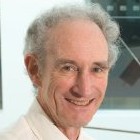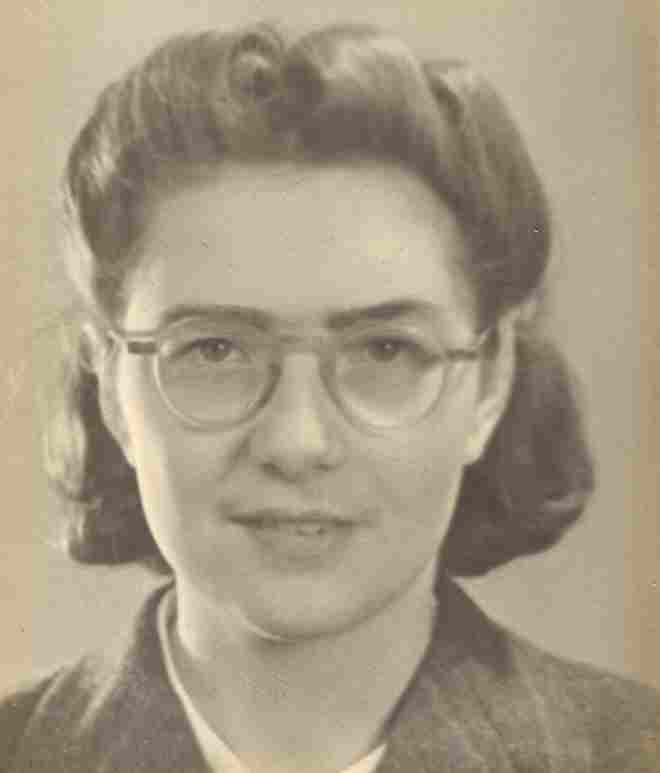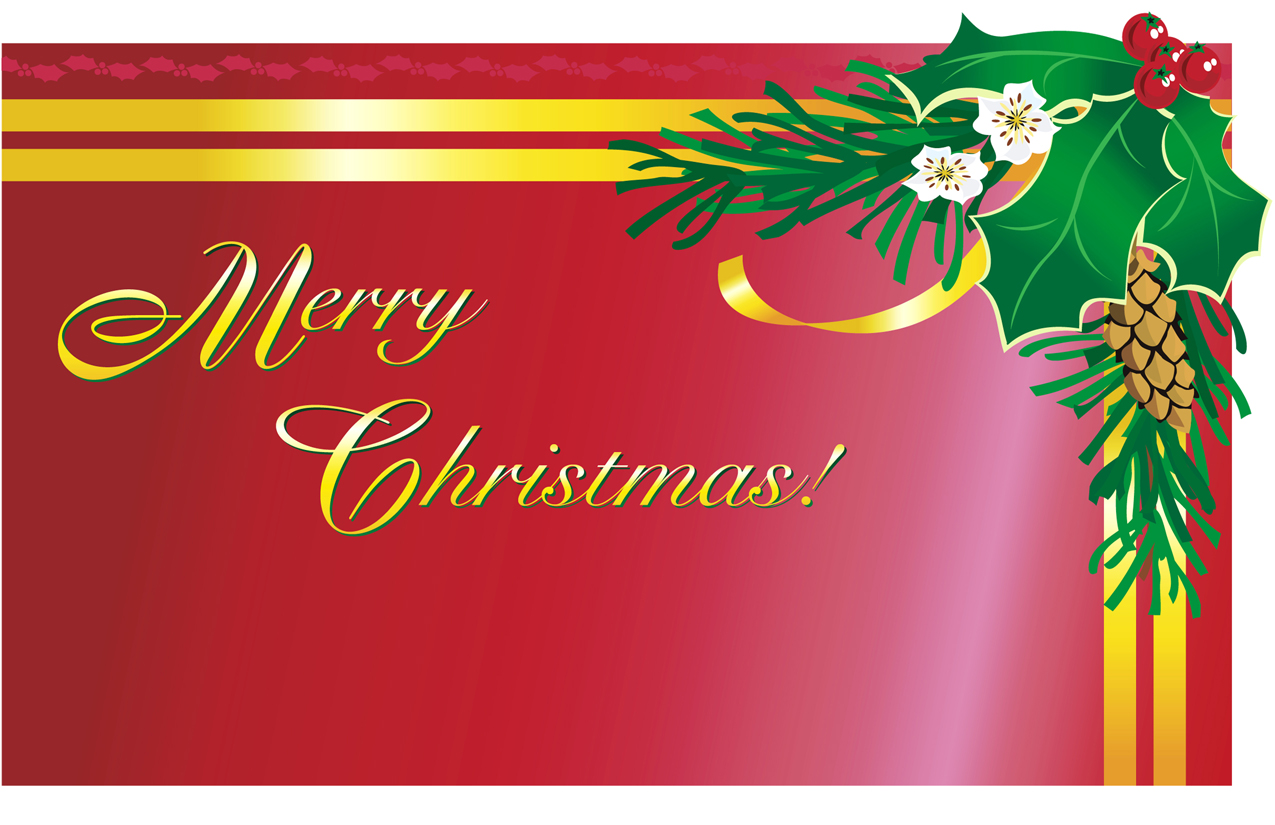Notes from the Editors desk
This is an abbreviated edition of the newsletter specifically to invite you all to the Annual General Meeting of the Society for this year. The official calling notice, and the agenda with the Chairmans report follows in the next few pages.
In the last issue we noted the opening of the ‘Tree of Life’ exhibition at the Corinium museum. Many of you will now have had a chance to see what it is all about and I trust you are impressed with the scientific and artistic talent displayed. I have to say that it is wonderful to see the results of such lateral thinking bringing forth aspects of the medical world in a view we have not seen before. Our thanks must go to Dr Geoffrey Farrar-Brown and to Roy Postlethwaite for setting this up.
As usual he who writes is the one who makes the errors (no doubt you will see this as a regular feature). I must apologise to the pupils and staff of Cirencester Deer Park School who at the Royal Society Summer exhibition demonstrated their expertise in Hydrogen fuelled engines. I wrongly attributed their fine work to Kingshill. School.
This is all part of a programme of extension projects that give pupils with an interest in science an experience way beyond the school curriculum. Seb Rogers, the Head of Science noted that “The pupils experienced science research outside the classroom with working scientists. They learned about the pressing problems of finding alternatives to fossil fuels” It is really refreshing to hear about such work and particularly because it is on our doorstep and involves our children or grandchildren.
Bunny
SCIENCE AND TECHNOLOGY SOCIETY COMMITTEE
Chairman: Dr Geoff Richards
Vice Chairman: Prof.Peter Stoward
Treasurer: Tony Gordon
Programme Organiser: Dr Roger Wheeler
Minute Secretary: Mrs Kathleen Wells
Membership Secretary: Mrs Joan R Cooper
Committee members: Dr Andrea Tales
Prof. Roy Postlethwaite
Newsletter Editor: Bunny Lees-Smith
Society Meeting times and dates
29th November - “Design Close to my Heart” by Taliesin Golesworthy, an engineer who designed the stents that are now commonly used in surgery to repair and maintain the patency of blood vessels - 7.30pm at the Royal Agriculture College.
13th December – Annual General Meeting to be held at Cirencester Parish Centre. The meeting will be followed by a talk by Professor Palmer Newbold entitled
‘ The Holly and The Ivy’
Refreshments will be served and the meeting starts at 7.30pm.
10th January – “ The Impermanence of Mathematics” a talk by Dr Peter Neuman of Queens College, Oxford. - 7.30pm at the Royal Agriculture College.
31st January – The ‘Patricia Clarke’ public lecture at the Sundial Theatre by Lord May of Oxford. It will be a talk entitled “Hard Choices for Tomorrow’s World”
Happenings.
At The Corinium Museum, Cirencester.
Through to January – The Tree of Life Exhibition.
Contact Prof . Roy Postlethwaite on 01285885345
Other Happenings - Watch the CSTS website for further details.
Contents of this issue
- Editorial
- Committee, meetings and happenings
- Contents and ‘Faces to Remember’
- A visit report by Peter Payne
- Agenda fo the AGM
- AGM Chairman’s report
- Nominations for the 2007 Committee
- Lord May - A personal comment
11 Why “The Patricia Clarke Lecture”?

Faces to remember
On the left our current Chairman Dr. Geoff Richards who has led the Society through two very successful years and we hope even a third.
In the centre the unmistakable Professor Colin Pillinger known throughout the scientific world as the hardest working researcher. Famous for Beagle 2 and possibly Beagle 3. Since the illfated landing on mars he has associated himself with the ‘Rosseta mission’ an ESA project. A ten year long journey for a space craft to Comet 67P/Churyumov-Gerasimenko.
On the right Peter Tanswell who has sadly had to resign as Vice Chairman due to health problems. Peter was largely responsible for the organisation of the public lecture in 2005 when this picture was taken.
A visit report by Peter Payne.
Cirencester Science and Technology Society - Visit to the Radiological Dept of the Gloucester Royal Hospital , 28 September 2006
19 members of the Society made the journey to Gloucester, some perhaps intrigued by the possibility of discovering what was inside a certain “Mr. Box.” Dr Brian Whitcombe, Head of the department, welcomed us and personally conducted us to the Radiology department where after a glass of wine, we were formally welcomed and given a brief and whirlwind explanation of the work of the department and of a simple view of the physics of the four machines we were to see functioning. He claimed that his understanding of the physics was not quite up to scratch but he left my understanding behind in the first 30 seconds.
For our practical experience we were divided into 4 groups to visit in sequence each of the four machines being demonstrated. Mark demonstrated the CT scanner in which was “ Mr Box” and our puzzle was to work out from the image what “his” contents were. What appeared to be two sausages initially, resolved themselves into a banana, and with a little prompting, a courgette. Eyes and mind adjusting, apple and tomato were recognized, then grapes and cauliflower florets and finally two pieces of wood. The last attracted a lot of comment as the annular rings were so clearly displayed.
Our second demonstration was of the image of an aneurysm in comparison with that of a healthy aorta, with explanation as to what we were looking at and how such information was of vital help to the surgeon in the treatment of the condition using stents. ( NB. November 29th with Taliesin Golesworthy ) . Dr Liz Brown, who was demonstrating the work to us, commented in reply to a question that the male of the species was generally more prone than the female to the condition, and in fact was generally medically the weaker of the two sexes.
Our third visit was to the MRI scanner, where Becky demonstrated the two different aspects that the machine could produce, called T1 and T2. These illustrate fluids, gases and fats in opposite ways - so fluid in one is black, but white in the other aspect and comparison enables a more accurate diagnosis to be made. This was illustrated by comparison of a “slipped disc” with an undamaged spine. As a puzzle, a scan of 3 objects was shown to us and we had to decide what they were - they were three eggs, one fresh, one hard boiled and one addled.
The final machine was the ultra sound scanner, this time with a real live patient, whose only “complaint” was that, for the purposes of the demonstration she had not eaten all day! This in itself was an excellent demonstration of the dedication of the team to their work, for all had given of their time voluntarily. Despite the explanations I still thought the resulting scan looked like early satellite photos of things wild, wet and windy coming up the Bristol Channel !
All in all I believe that the party found this a very interesting evening, and we were extremely impressed by the skill and expertise of the operatives. Not just in their handling of the mechanics of their machines, but also in the sharpness of their interpretation of the images, their readiness to answer questions and their knowledge of the subject matter. They were very clear and patient in their explanations in answer to our questions after an already busy day, for the department works at full stretch every day
Annual General Meeting of the Cirencester Science and Technology Society for the year 2006
The AGM of the Society will be held at the Cirencester Parish Centre on Wednesday 13th December 2006 at 7 30pm.
The AGM will be preceded by a talk by Professor Palmer Newbould on “The Holly and the Ivy”.
AGENDA
- Apologies
- Chairman’s Report
- Treasurer’s Report
- Election of Officers
- Election of Committee Members
- Election of Hon. Independent Examiner
- Discussion of Future Activities
- Any Other Business
The Parish Centre can be found just off Gosditch Street, 150 yards from the traffic lights at the Parish Church.
Seasonal Refreshments will be offered during the evening.
ANNUAL GENERAL MEETING 2006
Chairman’s Report
The Society is now 10 years old and to celebrate its success there will be a luncheon or dinner in the Spring at the Royal Agricultural College.
The core activity of the Society remains the varied and excellent lectures and we are indebted to the many excellent speakers who give of their time and expertise. Highlights this year include 101 uses of quadratic equations and sudden death syndrome.
During the year the Society has co-sponsored with the Corinium Museum, the ‘Tree of Life’ exhibition which links art and medicine to show the beauty of the heart and its blood supply. Members enjoyed an introductory lecture from Dr Farrer Brown a pathologist who put together the exhibition. Thanks are due to those members who acted as stewards and to Roy Postlethwaite for all his work for the exhibition.
We have had four very different visits this year to the Avonmouth Sewage Works, the Royal Society Summer Exhibition, the RAC farms and the Radiology Department of the Gloucester Royal Hospital. The Royal Society visit will become a regular visit.
The Society’s communications with members is now mainly via the website and the Newsletter. I would like to thank Tony Gordon and Bunny Lees-Smith for their work in maintaining these services. Bunny still needs articles and information from members to ensure the continued viability of the Newsletter.
Unfortunately Peter Tanswell had to resign as Vice-Chairman at the end of October due to ill-health. I am most grateful to Peter for all his work for the Society, particularly for organising the 2005 and 2007 public lectures. I have thanked him on behalf of the Society and sent him our best wishes. Peter Stoward has agreed to be co-opted to the Committee as acting Vice- Chairman. I would thank members for their support and all Committee members for their excellent work throughout the year. Thanks are also due to John Plevin who for three years provided excellent reviews of our lectures. This task is now being shared by Alan Lees and Tony Moody. Finally thanks to Ron Bartholomew who handles the setting up of the audio equipment.
I regret that we were unable to have a public lecture in 2006, but there will be two in 2007. The first is being given on 31st January at the Sundial Theatre, Cirencester College by Lord May OM FRS on ‘Hard Choices for Tomorrow’s World’.
Tickets for members and students are free and can be obtained at forthcoming meetings or from Joan Cooper ( Membership Secretary ). Tickets for non-members (£5) are available from the Sundial Theatre (01285 654228)
I ask all members to publicise the lecture and encourage non-members to come to what I am sure will be a stimulating and controversial lecture by one of the Country’s leading scientists. Leaflets and posters will be available at the AGM.
There are a few annual subscriptions still outstanding, so please send your cheque for £10 to Joan Cooper The Cottage, Pitchcombe, Stroud, GL6 6LW as soon as possible.
Geoff Richards
Nominations for Officers and Committee Members for 2007
The nominations recommended by the Committee are:
Chairman Dr. Geoff Richards
Vice- Chairman Prof. Peter Stoward
Treasurer Mr.Tony Gordon
Programme Organiser Dr. Roger Wheeler
Minute Secretary Mrs. Kathleen Wells
Membership Secretary Mrs Joan Cooper
Newsletter Editor Mr.Bunny Lees-Smith
Committee Members Dr. Andrea Tales
Prof. Roy Postlethwaite
Members may propose additional names for any of the above posts at the AGM.
Bob May, a personal comment from Palmer Newbould

Lord May of Oxford OM, AC, Kt, former PRS. His c.v. is very impressive, but the man himself is even more so. His academic credentials are unassailable. His first degree and Ph.D. were centred on chemical engineering and theoretical physics. After a brief spell at Harvard he became Professor of Theoretical Physics at Sydney. Then he moved to Princeton in 1973 as Professor of Zoology. He applied his knowledge of theoretical physics and mathematics to problems in ecology and the dynamics of animal populations.
His book Stability and Complexity in Model Ecosystems, Princeton University Press, 1973, was a milestone, dismissing several sacred cows of ecological theory then current. His approach proved especially applicable to host/parasite relations and also to human epidemiology. Of course computers were becoming much more powerful at this time. Other ecologists were thinking and working along similar lines but Bob May was pre-eminent. Why, how?
Primarily because he was and still is one of the all time bright *******. Secondly because he came from physics, engineering and mathematics to biology; other ecologists went the opposite way (though John Maynard Smith applied his engineering background to genetics successfully).
Bob May is not a loner but a good team worker, choosing his co-researchers well. He worked with one of my former research students, Anne Magurran, whose quality I underestimated, partly because she was shy and partly because I couldn’t cope with her mathematical skills. After a spell of working with Bob in Oxford, Anne has gone from strength to strength and is currently Professor of Ecology at St Andrews.
Every one who knows him calls him Bob, because he is friendly and approachable and encourages informality. While good science is central to Bob, he appreciated the role of and need for administration, which he is also good at. He has great, sometimes almost brash, self-confidence. I wonder if this is entirely inherited or whether his Australian background and upbringing are relevant.
Three anecdotes. We served together on the Joint Nature Conservation Committee, designed to paper over cracks in Nicholas Ridley’s legislation dividing the Nature Conservancy Council into English Nature, Countryside Council for Wales and Scottish Natural Heritage. Bob was an independent expert on the Committee (both words are accurate) and I was a representative from Northern Ireland. At one meeting, Bob, always a busy man, had to leave before the agendum dealing with policy on Ruddy Duck (I can explain the issue but brevity suggests otherwise). Before he left Bob passed a note to the Chairman. When we got to Ruddy Duck, the Chairman read it out. It said “Ruddy Duck, zap them!” Concise and to the point!
The second memory relates to the occasion when Bob asked a question of our Chief Executive, Colin (not his name).It related to whether Colin had carried out the Committee’s recommendation from the previous meeting. Colin flannelled (as was his wont, he had perhaps been in the Scientific Civil Service too long). Bob repeated the question, Colin repeated the flannel. After the fifth repetition Colin more or less admitted that he had not done as asked, and had no reason why not. It seemed brutal and embarrassing but all of us round the table knew that Bob was right and Colin was not up to the job. None of us had the guts, or the confidence to say so. Colin “resigned” soon afterwards.
I am reluctant to relate the third anecdote for reasons that will become obvious, but here goes. Jo and I were waiting, anxiously as one does, at one of the baggage carousels at Heathrow; Bob, also waiting, spotted us and said “Palmer, is it true you have been awarded an OBE”. I said yes and he proffered congratulations adding that it was good for ecology. I actually felt very chuffed, recognition from on high for a minnow in the pool. But that is his style! And he is a fun man, very important!
When he was appointed Chief Scientific Advisor to the government, some of us prophesied blood on the carpet and a short reign. We were completely wrong, probably underestimating his tact and his charm. He used his Presidency of the Royal Society to speak out on several issues, most notably global warming (Independent headline “Bush accused of fiddling while world burns by ignoring climate change”). His background allows him to speak authoritatively on a wide range of issues.
I downloaded Bob May’s valedictory Anniversary Address given on his retirement as President of the Royal Society in November 2005. (www.royalsoc.ac.uk/publication.asp?id=3806 if you want to know. Be warned that it runs to about 30 sides of A4). It is a tour de force, ranging from climate change, reduction in biodiversity, decline in fisheries, increase in infectious diseases such as HIV/AIDS, SARS and avian flu, the Vatican’s opposition to the use of condoms, the renaissance of fundamentalism in both the Christian world (especially the United States) and also Islam. He concludes that the Royal Society’s forceful and effective presence on the national and international stage is more important today than at any time in the Royal Society’s 345 year history. I hope and expect that he will update and reinforce discussion of some of these issues when he comes to Cirencester.
Obviously I could go on (and on), but what I really want to say is don’t miss his lecture, Hard Choices in Tomorrow’s World, (Sundial Theatre, 31 January 2007, 7.30pm) and don’t let any of your friends miss his lecture.
Palmer Newbould
The Society Welcomes the following new members and trust that they will enjoy our meetings as much as we do.
Name From
Mrs Louise Hill Swindon
Dr.Terence Gavan Cirencester
Mrs Christine MacLachlan Milbourne
Dr.David Huxley Lechlade
Mrs V.Huxley Lechlade
Mr Nick Faithorn Tavistock
Mrs Gillian Lawrence Cricklade
Mr John Lawrence Cricklade
Visits
The Society has been fortunate in being able to arrange visits a variety of industrial, technical and academic organisations during the past years. The Committee would be pleased to receive suggestions for new and different places to go. Many members may have the right contacts which are needed to access places of scientific interest and it would be appreciated if they would speak with a member of the Committee and if possible help organise such a visit for the Society.
WHY “THE PATRICIA CLARKE LECTURE”?

After 10 years of successful lectures, visits and events, it seemed appropriate that the Society should recognise, in a special way, the scientific contributions of one of its most distinguished founder members and to ask the question: “what influences, in a long and eventful life, led to her many achievements?” Suffice it here to select from Pat Clarke’s entry in “Who’s Who”: her Professorship of Microbial Biochemistry in the University of London, a DSc (London), her Fellowship and sometime Vice-Presidency of the Royal Society and publications on genetics, biochemistry and enzyme evolution. It is fitting that Lord May of Oxford, recent past President of the Royal Society, has kindly agreed to present the lecture early in 2007.
Pat was born in 1919 in Pontypridd, a small market town in South Wales where the Rhondda, Taff and Cynan valleys converge. She had a happy home life and enjoyed the freedom of the countryside around. She attended Coedpenmaen Primary School from which she obtained a Foundation Scholarship to Howell’s School in Llandaff. Here she enjoyed being introduced to a curriculum that included English Literature, French, Latin and History of Art but opted to concentrate on science subjects for the senior years. Her chemistry teacher encouraged her to apply her knowledge of chemistry to biological studies and this led her to isolate and characterise plant pigments. She was also taken to open lectures at Cardiff University including some by Patrick Blackett and William and Lawrence Bragg.
In 1937 Pat went to Girton College in Cambridge to read Natural Sciences. She followed various subjects during her first two years and was pleased to be accepted by the Biochemistry Department for the final year. This was a very exciting time for biochemists but, by the time of the final examinations, the country was at war. Many of the arts students had already been called up and now some of the scientists were being recruited for war work. In 1940 Pat went to a research group in Swansea to work on explosives. Later she joined a research group at the Wellcome Research Laboratories in Beckenham to work on the metabolism of the anaerobic bacteria that cause tetanus and gas gangrene. During a visit to the Pasteur Institute in Paris she met Jacques Monod who was beginning the researches that ultimately led to the operon model for the regulation of enzyme synthesis, a model at the core of molecular biology.
Pat married Michael in 1940 and their first son, Francis, was born in 1947. For a few years she worked part time at the Central Public Health Laboratory in Colindale on the catalogue of the National Collection of Type Cultures of bacteria. Here she developed rapid enzyme tests for the identification of bacteria. Her second son, David, was born in 1949.
In 1953, Pat was appointed to a lectureship in a new Department of Biochemistry at University College, London and later to a chair in Microbial Biochemistry. With her students she was able to show how bacteria could evolve new substrate specificities. She retired in 1984 and, since coming to Cirencester, she has been deputy chairman of governors of Deer Park School and chairman of Powell’s Education Foundation where she was able to influence young scientists of the future.
Roy Postlethwaite
The Committee wish all our members a
